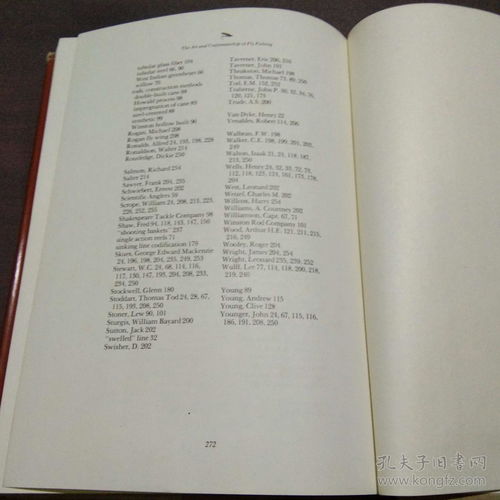Content:
Introduction
Leech fishing, a traditional method of angling, has been practiced for centuries. It involves using a leech hook, a specialized tool designed to attract and catch leeches. Whether you are a seasoned angler or a beginner looking to explore new fishing techniques, mastering the art of leech fishing can be both rewarding and enjoyable. In this article, we will delve into the intricacies of leech fishing techniques and provide a comprehensive pinyin guide to help you navigate through the process.
Understanding the Leech Hook
The leech hook is the cornerstone of leech fishing. It is a slim, curved hook that is designed to fit snugly around the leech's body. The hook is typically made of stainless steel or high-carbon steel, ensuring durability and resistance to corrosion. To pronounce the term "串钩钓鱼技巧怎么拼音", you would say "chuàn gōu diào yú jì qiǎo zěn me pīnyīn."
Choosing the Right Leech
Before you can effectively use a leech hook, you need to choose the right leech. Leeches come in various sizes and colors, each suited to different fishing conditions and species. The most common types of leeches used for fishing include the European leech (Hirudo medicinalis) and the American leech (Hirudo verbana). To pronounce "串钩钓鱼技巧怎么拼音”, you would say "chuàn gōu diào yú jì qiǎo zěn me pīnyīn."
Preparation and Rigging
Once you have selected the appropriate leech, it's time to prepare and rig your hook. Begin by threading the leech onto the hook, ensuring that it is securely fastened. The leech should be placed on the hook so that it is slightly arched, with the head pointing towards the hook point. This natural position mimics the leech's natural swimming motion, making it more attractive to fish. To pronounce "串钩钓鱼技巧怎么拼音”, you would say "chuàn gōu diào yú jì qiǎo zěn me pīnyīn."
Choosing the Right Bait
While the leech itself is the primary bait in leech fishing, you can enhance its effectiveness by using additional baits. Common baits include worms, minnows, or even pieces of fish flesh. Attach these baits to the leech hook using a bait holder or a simple knot. This not only adds to the attractiveness of the bait but also ensures that the leech remains in place while fishing. To pronounce "串钩钓鱼技巧怎么拼音”, you would say "chuàn gōu diào yú jì qiǎo zěn me pīnyīn."
Fishing Techniques
Now that your leech hook is properly rigged, it's time to get out on the water. Here are some key techniques to keep in mind:
Location: Leeches are often found in slow-moving waters, such as streams, rivers, and lakes. Look for areas with a good water flow, such as under logs, rocks, or in the shade of overhanging branches.
Depth: Depending on the species you are targeting, you may need to fish at different depths. For instance, larger fish may be found deeper in the water column, while smaller fish may be more active near the surface.
Movement: The key to successful leech fishing is to mimic the natural movement of the leech. Gently twitch the rod tip to create a lifelike swimming motion, or let the leech drift naturally with the current.

Patience: Leech fishing can be a waiting game. It's important to be patient and give the fish time to respond to the bait. Avoid jerking the rod or reeling in too quickly, as this may spook the fish.
Pinyin Guide to Key Terms
To help you pronounce key terms in leech fishing, here is a pinyin guide:
- 串钩 (chuàn gōu): Leech hook
- 钓鱼 (diào yú): Fishing
- 技巧 (jì qiǎo): Technique
- 怎么 (zěn me): How
- 拼音 (pīnyīn): Pinyin (the phonetic system used in China)
Conclusion
Leech fishing is a unique and rewarding form of angling that requires patience, practice, and a good understanding of the techniques involved. By mastering the art of leech fishing and using the provided pinyin guide, you'll be well on your way to becoming a proficient leech angler. Happy fishing!












